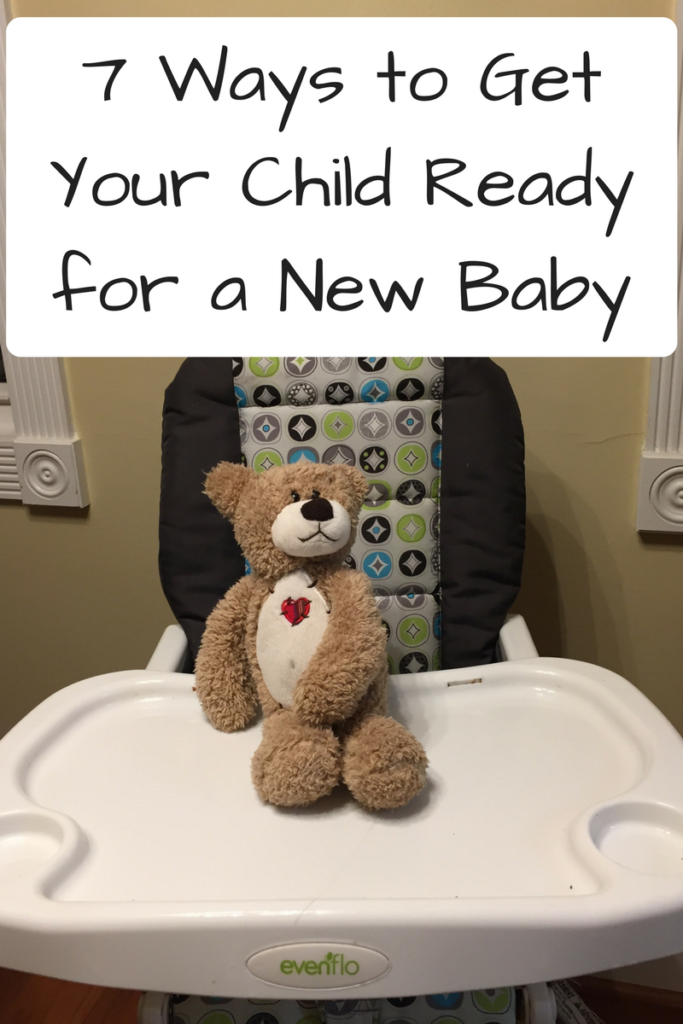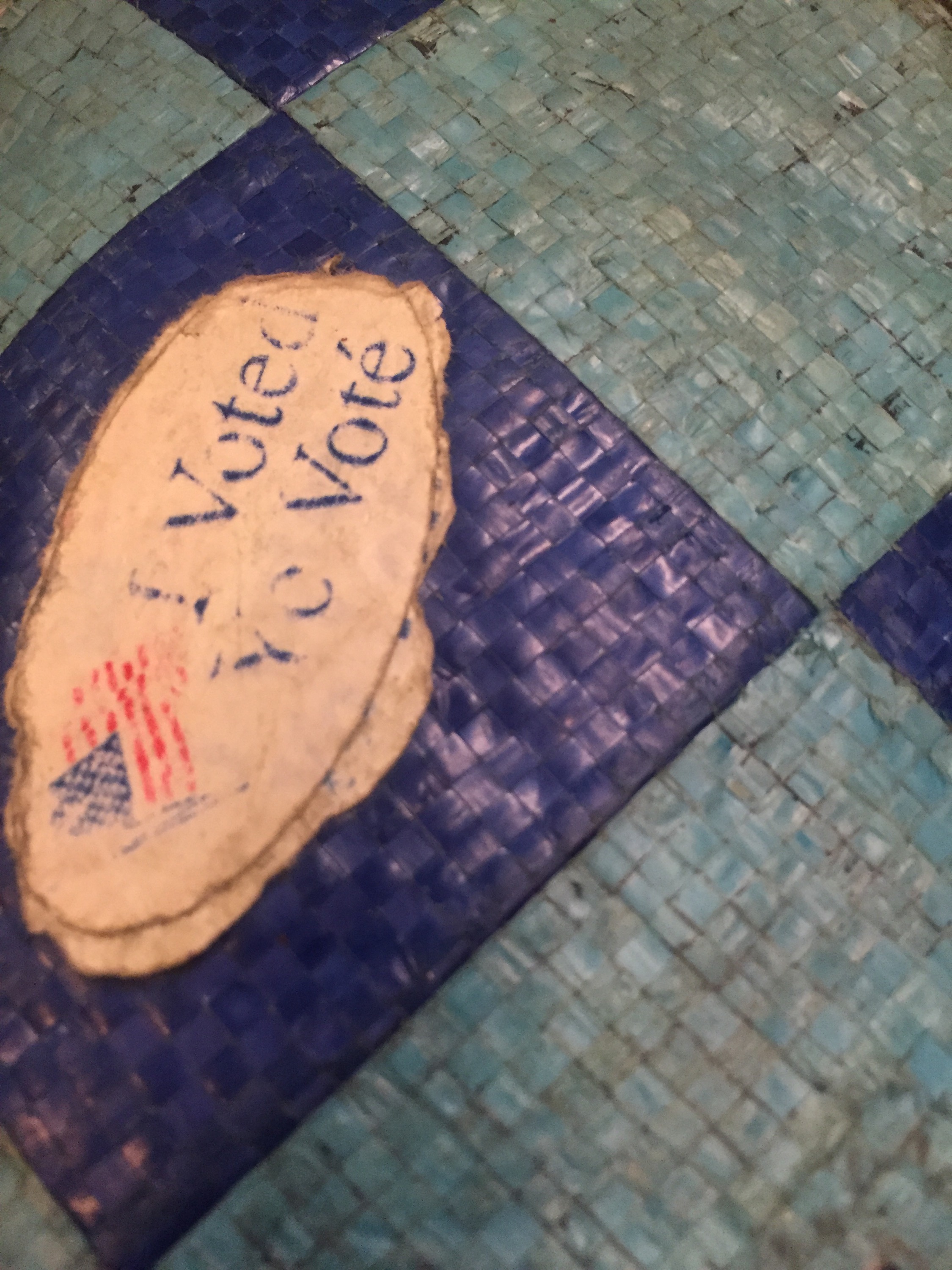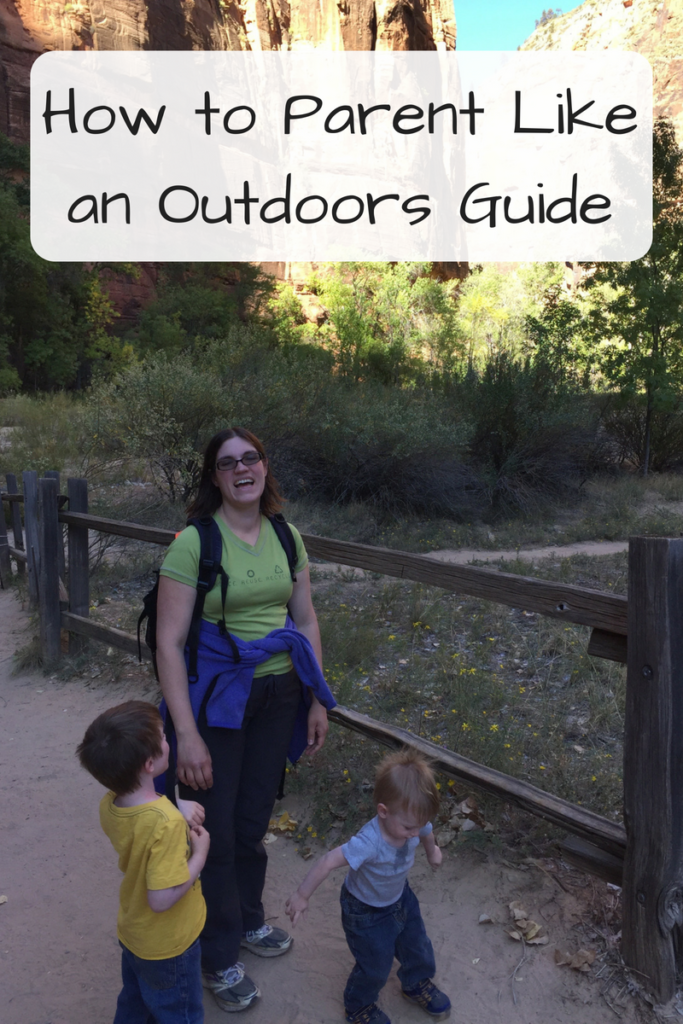I believe in being positive, especially as a parent, but sometimes I get frustrated. I get angry when people are being oppressed, when someone is reinforcing prejudicial societal patterns, or when people are putting others in unnecessary pain. These Open Letters are either to the people making me mad or those suffering.
Dear writers of parenting books and articles,
I have a bit of unsolicited advice. You’ve given us so much over the years that it seems time to give a little back.
1) Don’t over-promise unrealistic results. Look, we know there’s lot of competition on the parenting advice shelf. In the age of Twitter, you have to catch their eye right away. Nonetheless, it’s nothing but sheer cruelty to guarantee “Teach your baby to sleep (in just seven days)” or “How to eliminate tantrums and raise a patient, respectful and cooperative one to four year old.” While those claims are clearly absurd to people with two brain cells available to rub together, parents that have been waking up multiple times a night for more than a year or are trying to tolerate whiny kids don’t even have that minimum available. (I say this as a victim of the former situation.) Giving false hope is just mean.
2) Don’t shame parents when your tactics don’t work. When you claim your advice will work for all kids, you imply that if it doesn’t work, it’s the parent’s fault. For example, a number of books and articles emphasize how very important it is that your infant both sleep exclusively on their backs by themselves as well sleep through the night for a specific period of time. But there’s a percentage of kids who will never do that! Good luck explaining “but the books says you have to sleep!” to them.
3) Acknowledge yours may not be the only solution. Everyone knows different tactics work for different kids, even in the same family. So of course, a family may need to draw on a whole toolbox of ideas, not just the ones in a single book. But too often, you allude – or even occasionally state outright – that using other methods makes the reader a Bad Mother.
4) Don’t assume everyone has a Leave It to Beaver middle-class nuclear family. Increasing numbers of families have diverse structures, with single parents raising kids on their own, grandparents helping out, same-sex couples raising kids, and many more combinations. Parents may have high or very low incomes. The primary caregiver may be a mother or father or not even a biological parent at all. Yet you often give advice that’s only helpful, applicable or realistic for a small portion of the population. You recommend absurd amounts of unnecessary baby gear, assume a broad variety of available childcare options (FYI, nannies and au pairs are not affordable for most families), assume the mom will be doing most of the work, and give advice only helpful to parents with 9 to 5 schedules. This structure makes the rest of us feel like we don’t matter or even exist.
5) Don’t recommend – nay, require – contradictory actions in the same book. My “favorite” example is from the tome of pregnant lady-shaming, What to Expect When You’re Expecting. The authors recommend to eat locally as much as possible. Then just a few pages later, the same book recommends pregnant women eat 4 servings of fruit a day, especially mangos. Unless you actually live in South America, that’s ridiculous. Some good copy editing will save a lot of parents some head-banging, and not of the heavy-metal kind.
6) Don’t use the word “should” to refer to a child’s behavior unless you’re actually referring to a developmental milestone. Modern-day parents get just a tiny bit obsessive about their kids hitting their milestones. These days the only things we can turn to to know if our kid is “normal” is other parents, our pediatrician, or parenting books. While there are certain ones that it’s important to meet, it really muddies the waters when parenting books just make up new ones. For example, there’s no set standard for when your kid must sleep through the night. There are some adults who don’t sleep through the night!
7) Never use the term “mother’s intuition.” Most moms arrive home and think, “What the hell do I do now?” The sole extent of my “inborn knowledge” was “Oh crap, my baby is crying!” I knew I should do something to calm him, but what I should do eluded me. Suggesting that I should have some magical ability to know what to do made me even more insecure. If parenting intuition exists, it’s from the slow, beautiful process of learning to know a child’s personality and unique traits. It’s much more helpful to reassure new parents that it will get easier over time as they get to know their child.
Now all of this might make me sound rather, well, motherly. But I’m pretty sure you can handle it. After all, you’ve given plenty of “shoulds” and “should-nots” to us.




